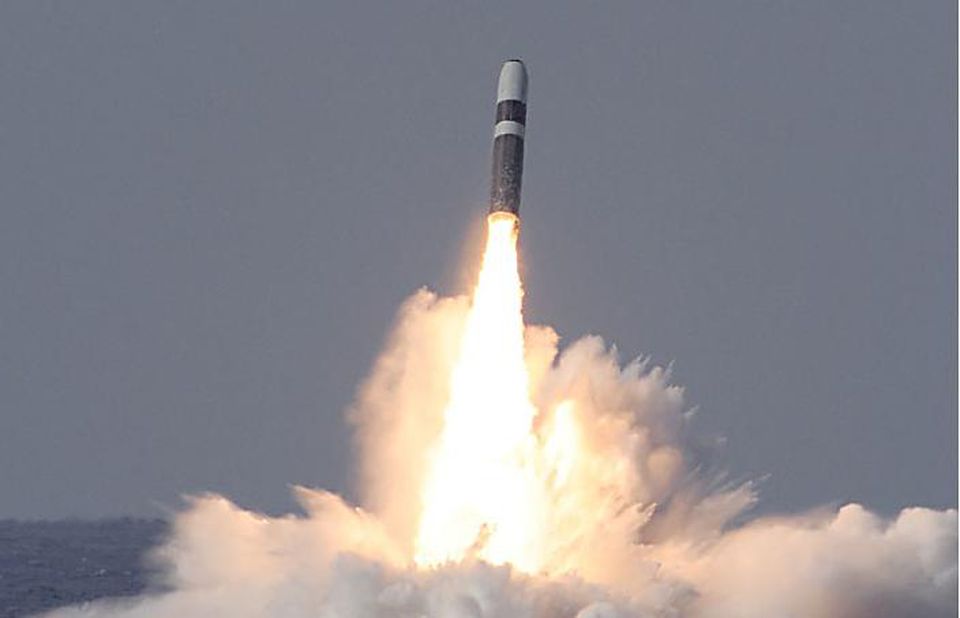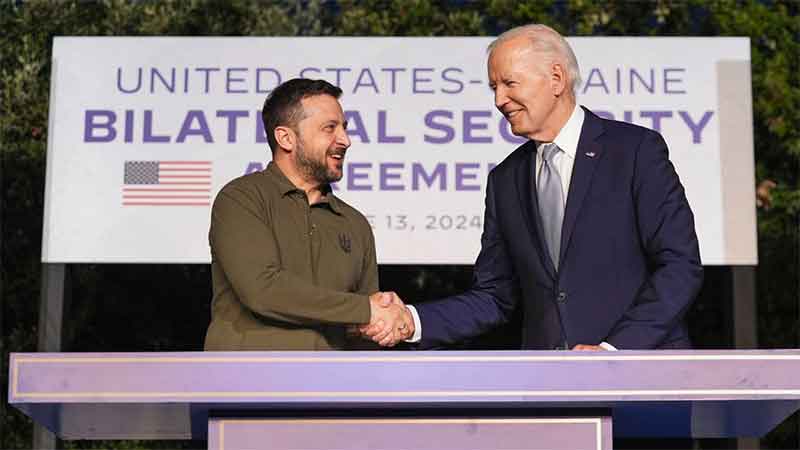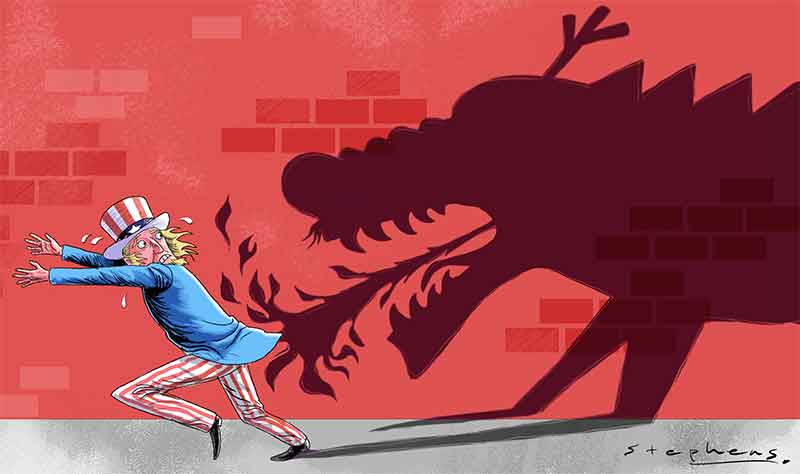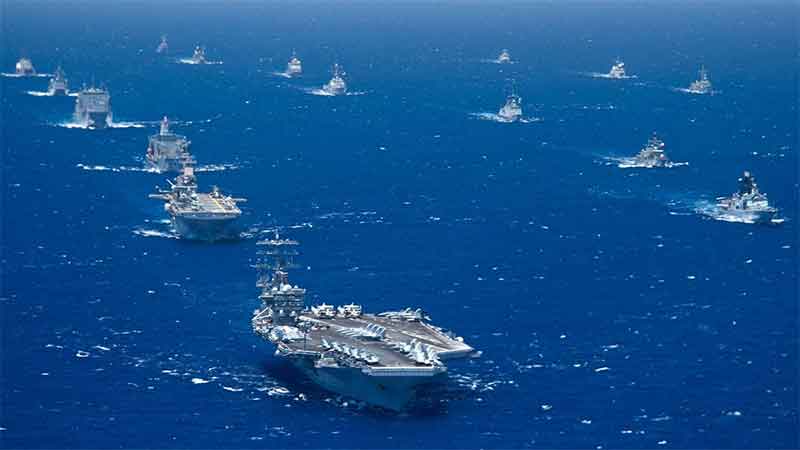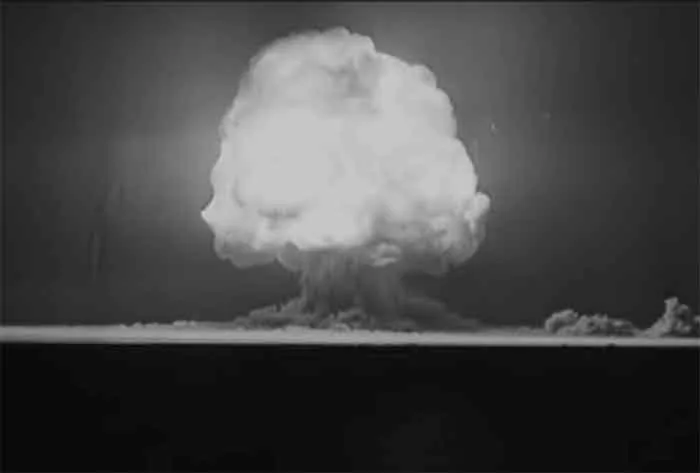
While very serious life-threatening conditions have existed at the planetary level for several decades due to the accumulation of nuclear weapons, a number of emerging technologies are aggravating this danger in several serious and complex ways. The Arms Control Association and author Michael T. Clare have made a very important contribution to the understanding of this grave danger in the form of their very timely report titled ‘ Assessing the Dangers—Emerging Military Technologies and Nuclear (In) Stability’.
This report says, “Increasingly in recent years, the major powers have sought to exploit advanced technologies— artificial intelligence (AI), autonomy, cyber, and hypersonic, among others—for military purposes, with potentially far-ranging, dangerous consequences. Similar to what occurred when chemical and nuclear technologies were first applied to warfare, many analysts believe that the military utilization of AI and other such “emerging technologies” will revolutionize warfare, making obsolete the weapons and the strategies of the past. In accordance with this outlook, the U.S. Department of Defence is allocating ever increasing sums to research on these technologies and their application to military use, as are the militaries of the other major powers. But even as the U.S. military and those of other countries accelerate the exploitation of new technologies for military use, many analysts have cautioned against proceeding with such haste until more is known about the inadvertent and hazardous consequences of doing so. Analysts worry, for example, that AI-enabled systems may fail in unpredictable ways, causing unintended human slaughter or uncontrolled escalation.”
More specifically this report warns, “Of particular concern to arms control analysts is the potential impact of emerging technologies on “strategic stability,” or a condition in which nuclear armed states eschew the first use of nuclear weapons in a crisis. The introduction of weapons employing AI and other emerging technologies could endanger strategic stability by blurring the distinction between conventional and nuclear attack, leading to the premature use of nuclear weapons.”
On the positive side, this report informs us that arms control advocates and citizen activists in many countries have sought to slow the weaponization of AI and other emerging technologies or to impose limits of various sorts on their battlefield employment. To give an example, state parties to the Convention on Certain Conventional Weapons (CCW) have considered proposals to ban the development and the deployment of lethal autonomous weapons systems—or “killer robots,” as they are termed by critics.
Providing more details of these trends, tis report tells us that among the most prominent applications of emerging technologies to military use is the widespread introduction of autonomous weapons systems— devices that combine AI software with combat platforms of various sorts (ships, tanks, planes, and so on) to identify, track, and attack enemy targets on their own.
At present, each branch of the U.S. military, and the forces of the other major powers, are developing— and in some cases fielding—several families of autonomous combat systems, including unmanned aerial vehicles (UAVs), unmanned ground vehicles (UGVs), unmanned surface vessels (USVs), and unmanned undersea vessels (UUVs). Russian and Chinese forces are also developing and deploying unmanned systems with similar characteristics.
Coming to the problems created by this, the report says,” The development and the deployment of lethal autonomous weapons systems like these raise significant moral and legal challenges. To begin with, such devices are being empowered to employ lethal force against enemy targets, including human beings, without significant human oversight—moves that run counter to the widely-shared moral and religious principle that only humans can take the life of another human. Critics also contend that the weapons will never be able to abide by the laws of war and international humanitarian law, as spelled out in the Hague Conventions of 1899 and 1907 and the Geneva Convention and 1949. These statutes require that warring parties distinguish between combatants and non-combatants when conducting military operations and employ only as much force as required to achieve a specific military objective.”
In recognition of these dangers, a concerted effort has been undertaken under the aegis of the CCW to adopt an additional protocol prohibiting the deployment of lethal autonomous weapons systems.
Regarding hypersonic weapons this report tells us that hypersonic weapons are usually defined as missiles than can travel at more than five times the speed of sound (Mach 5) and fly at lower altitudes than intercontinental ballistic missiles (ICBMs), which also fly at hypersonic speeds. At present, the United States, China, Russia, and several other countries are engaged in the development and fielding of two types of hypersonic weapons (both of which may carry either nuclear or conventional warheads): hypersonic glide vehicles (HGVs), unpowered projectiles that “glide” along the Earth’s outer atmosphere after being released from a booster rocket; and hypersonic cruise missiles (HCMs), which are powered by high-speed air-breathing engines, called “scramjets. All three major powers have explored similar types of hypersonic missiles.
Regarding the dangers related to this, the report tells us,” Analysts worry, for example, that the use of hypersonic weapons early in a conventional engagement to subdue an adversary’s critical assets could be interpreted as the prelude to a nuclear first-strike, and so prompt the target state to launch its own nuclear munitions if unsure of its attacker’s intentions.”
Coming to cyber-attack related threats this report tells us these range from cyber-espionage, or the theft of military secrets and technological data, to offensive actions intended to disable an enemy’s command, control, and communications (C3) systems, thereby degrading its ability to wage war successfully. Such operations might also be aimed at an adversary’s nuclear C3 (NC3) systems; in such a scenario, one side or the other—fearing that a nuclear exchange is imminent—could attempt to minimize its exposure to attack by disabling its adversary’s NC3 systems.
Analysts warn, this report says, that any cyber-attack on an adversary’s NC3 systems in the midst of a major crisis or conventional conflict could prove highly destabilizing. “Upon detecting interference in its critical command systems, the target state might well conclude that an adversary had launched a pre-emptive nuclear strike against it, and so might launch its own nuclear weapons rather than risk their loss to the other side.” The widespread integration of conventional with nuclear C3 compounds these dangers.
The major powers also plan, this report tells us, to rely increasingly on AIenabled battlefield decision-making systems to aid human commanders in processing vast amounts of data on enemy movements and identifying possible combat responses. The increased automation of battlefield decision making, especially given the likely integration of nuclear and conventional C3 systems, gives rise to numerous concerns. Many of these technologies are still in their infancy and prone to often unanticipated malfunctions.
This import report concludes, “The drive to exploit emerging technologies for military use has accelerated at a much faster pace than efforts to assess the dangers they pose and to establish limits on their use. It is essential, then, to slow the pace of weaponizing these technologies, to carefully weigh the risks in doing so, and to adopt meaningful restraints on their military use.”
The following proposed action steps, derived from the toolbox developed by arms control advocates over many years of practice and experimentation, are suggested in this report to reduce risks..
• Awareness-Building: Efforts to educate policymakers and the general public about the risks posed by the unregulated military use of emerging technologies.
• Track 2 and Track 1.5 Diplomacy: Discussions among scientists, engineers, and arms control experts from the major powers to identify the risks posed by emerging technologies and possible strategies for their control. “Track 2 diplomacy” of this sort can be expanded at some point to include governmental experts (“Track 1.5 diplomacy”).
• Unilateral and Joint Initiatives: Steps taken by the major powers on their own or among groups of like-minded states to reduce the risks associated with emerging technologies in the absence of formal arms control agreements to this end.
• Strategic Stability Talks: Discussions among senior officials of China, Russia, and the United States on the risks to strategic stability posed by the weaponization of certain emerging technologies and on joint measures to diminish these risks. These can be accompanied by confidence-building measures (CBMs), intended to build trust in implementing and verifying formal agreements in this area.
• Bilateral and Multilateral Arrangements: Once the leaders of the major powers come to appreciate the escalatory risks posed by the weaponization of emerging technologies, it may be possible for them to reach accord on bilateral and multilateral arrangements intended to minimize these risks.
One hopes that the warnings and recommendations presented in this report get wide attention of peace activists as well as policy makers.
Bharat Dogra is Honorary Convener, Campaign to Save Earth Now. His recent books include Planet in Peril, Protecting Earth for Children, Earth without Borders and A Day in 2071.



